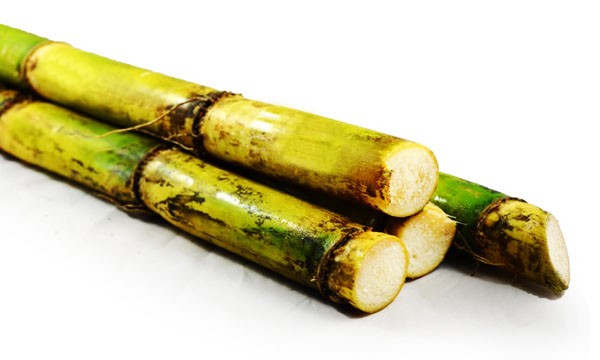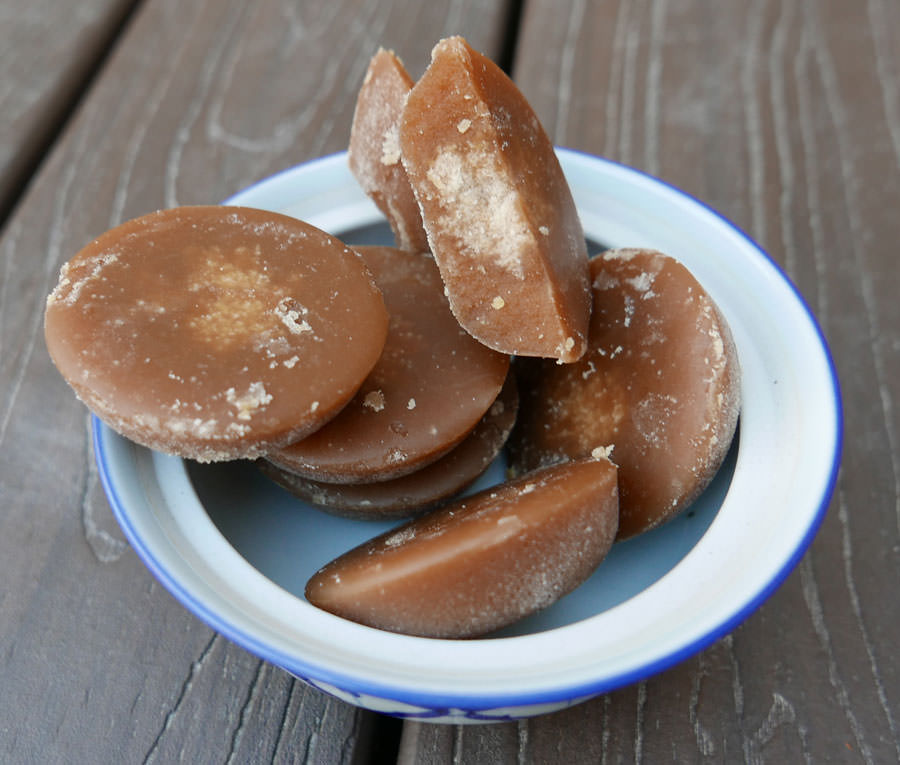Discovering the Comprehensive Steps Associated With Cane Sugar Processing From Harvesting to Refinement
The process of cane sugar manufacturing includes a collection of detailed steps, starting with the cautious harvesting of sugarcane and finishing in the refinement phases that ensure the final item fulfills sector requirements. Each phase, from the extraction of juice to the purification and formation procedures, plays a crucial function in establishing the quality and character of the sugar.
Collecting Sugarcane
Collecting sugarcane is an important action in the walking cane sugar handling chain, as it directly influences the top quality and yield of the final item. Appropriate timing and strategies are important throughout this stage to ensure optimal sugar material and minimize losses. Generally, sugarcane is collected when it gets to maturity, typically 12 to 18 months after growing, characterized by a high sucrose focus.

Post-harvest, the sugarcane must be processed quickly to stop sucrose degradation. Preferably, collected walking cane needs to be delivered to processing centers within 1 day to protect sugar high quality. As a result, effective logistical planning is essential to preserve the honesty of the collected crop throughout the supply chain.
Removal Refine

The smashed walking cane undergoes a series of pressing procedures to make best use of juice recuperation. Usually, warm water is sprayed onto the crushed walking cane, creating a countercurrent flow that assists liquify the sugar while likewise assisting in the extraction process. The juice accumulated from this procedure has not only sugar however also various natural substances and impurities.

To improve removal effectiveness, some centers may utilize diffusion techniques, where the sugarcane is saturated in hot water, permitting the soluble sugars to diffuse right into the liquid. The resulting juice, abundant in sucrose, is then guided to succeeding processing stages, laying the structure for purification and improvement. The removal procedure is hence critical in figuring out the high quality and return of the last sugar product.
Purification Strategies
The purification strategies utilized in walking cane sugar handling are vital for transforming the raw juice into a premium sugar product. These approaches largely aim to eliminate impurities, such as dirt, plant materials, and inorganic substances, which can detrimentally affect the end product's taste and shade.
One of one of the most usual filtration methods is explanation. This procedure involves including lime and warmth to the raw juice, which facilitates the coagulation of pollutants. The resulting precipitate is then removed with sedimentation or filtering, producing a clearer juice. Furthermore, making use of phosphoric acid can improve the explanation procedure by further binding impurities.
An additional considerable technique is carbonatation, where co2 is introduced to the made clear juice. This response produces calcium carbonate, which catches staying pollutants and promotes their removal.
Furthermore, activated carbon treatment may be put on adsorb any type of continuing to be colorants and natural contaminations, making certain a much more polished item. The combination of these approaches properly prepares the sugar juice for subsequent action in the refining process, setting visit here the stage for the manufacturing of premium cane sugar.
Condensation Approaches
After the purification stage, the following critical action in walking cane sugar processing entails crystallization approaches, which play an essential role in transforming the clarified juice right into solid sugar. This process commonly uses 2 main approaches: spontaneous condensation and regulated formation.
In spontaneous crystallization, supersaturated sugar solutions are allowed to cool down naturally, leading to the development of sugar crystals over time. This method permits for the consistent growth of sugar crystals and higher purity.
During formation, the made clear juice is focused via evaporation, increasing its sugar content till it gets to supersaturation. As soon as this factor is attained, either approach can promote the condensation procedure. Cane Sugar Processing. The resultant sugar crystals are after that divided from the staying syrup through centrifugation
Ultimately, the choice of crystallization approach impacts the quality, dimension, and pureness of the last sugar item, making this action necessary in the general walking cane sugar processing treatment.
Refinement and Product Packaging
Just how can the pureness and quality of cane sugar be even more improved after formation? The improvement procedure plays an important role in accomplishing top quality walking cane sugar.
Following, the sugar is subjected to a procedure called centrifugation, where it is spun at broadband to divide the cleansed sugar crystals from the continuing to be liquid. After centrifugation, the sugar is usually further refined through an approach called carbonization or phosphatation, which makes use of turned on carbon or phosphoric acid to get rid of shade and off-flavors.
When fine-tuned, the sugar is dried to achieve the wanted dampness web content, making certain that it remains stable throughout storage space and transportation. The final step entails packaging Extra resources the refined sugar in moisture-proof and impermeable containers to preserve its quality and stop contamination. Cane Sugar Processing. Appropriate product packaging not just extends life span but also facilitates very easy handling and circulation, making sure that customers get sugar that meets the highest possible criteria find out of pureness and high quality
Final Thought
The detailed actions associated with walking cane sugar handling, from the careful harvesting of sugarcane to the intricate improvement and product packaging stages, underscore the significance of each stage in making certain premium sugar production. Optimum harvesting methods, reliable extraction techniques, and rigorous purification procedures collectively add to the end product's pureness and stability. The formation and succeeding product packaging techniques additionally boost the integrity and service life of the sugar, highlighting the intricacy and precision integral in this crucial agricultural industry.
The process of walking stick sugar production includes a collection of complex actions, starting with the mindful harvesting of sugarcane and finishing in the refinement phases that ensure the final product satisfies industry standards. Preferably, gathered walking cane should be transferred to refining facilities within 24 hours to preserve sugar top quality.In spontaneous condensation, supersaturated sugar remedies are enabled to cool down naturally, leading to the formation of sugar crystals over time - Cane Sugar Processing. The refinement procedure plays an important role in achieving top notch walking stick sugar.The extensive actions involved in walking stick sugar handling, from the precise harvesting of sugarcane to the detailed refinement and product packaging stages, emphasize the relevance of each stage in ensuring high-grade sugar manufacturing